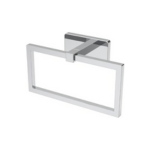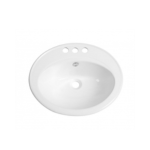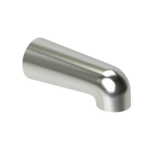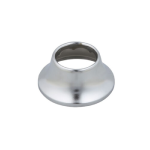Sennheiser demos HMI advances
The French lettering company Letraset manufactured a set of dry-transfer sheets which included the lorem ipsum filler text in a variety of fonts, sizes, and layouts. These sheets of lettering could be rubbed on anywhere and were quickly adopted by graphic artists, printers, architects, and advertisers for their professional look and ease of use. Aldus Corporation, which later merged with Adobe Systems, ushered lorem ipsum into the information age with its desktop publishing software Aldus PageMaker.
The program came bundled with lorem ipsum dummy text for laying out page content, and other word processors like Microsoft Word followed suit. More recently the growth of web design has helped proliferate lorem ipsum across the internet as a placeholder for future text—and in some cases the final content (this is why we proofread, kids).
So when is it okay to use lorem ipsum? First, lorem ipsum works well for staging. It’s like the props in a furniture store—filler text makes it look like someone is home. The same WordPress template might eventually be home to a fitness blog, a photography website, or the online journal of a cupcake fanatic. Lorem ipsum helps them imagine what the lived-in website.
So when is it okay to use lorem ipsum? First, lorem ipsum works well for staging. It’s like the props in a furniture store—filler text makes it look like someone is home. The same WordPress template might eventually be home to a fitness blog, a photography website, or the online journal of a cupcake fanatic. Lorem ipsum helps them imagine what the lived-in website might look like.
Origins and Discovery
One word of caution: make sure your client knows that lorem ipsum is filler text. You don't want them wondering why you filled their website with a foreign language.
Fuzzy Beginnings
In particular, the garbled words of lorem ipsum bear an unmistakable resemblance to sections 1.10.32–33 of Cicero's work, with the most notable passage excerpted.
Usage and Examples
McClintock's eye for detail certainly helped narrow the whereabouts of lorem ipsum's origin, however, the “how and when” still remain something of a mystery.





























































